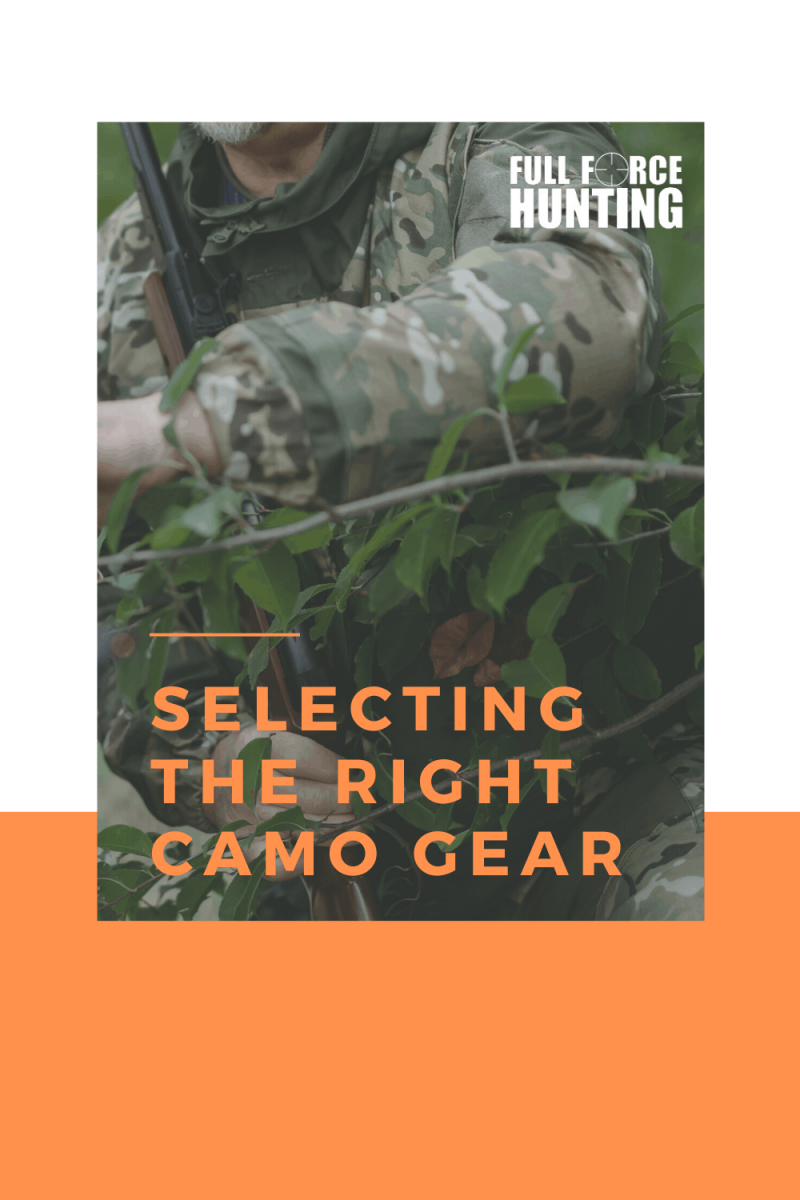Why Hunters Wear Camo Gear
Why do hunters wear camo gear? Is it a fashion statement or does it have an actual use? Read on to find out all about why camo is worn when hunting.
Why Hunters Wear Camo Gear
Do you need camouflage to hunt? For many hunters who have successfully pursued and harvested their animals, wearing camo gear is surprisingly a necessity. Surely one can go about the fields and hunt for animals with a simple tee and jeans, but camouflage exists for a reason.
Certain animals have their specific vision levels and perception. Depending on the animal to be hunted, a particular style of camo is worn. Various animals see the world differently, so hunters need to consider the animals' peripheral vision capabilities and learn how to camouflage themselves to compensate.
Types of Color Vision
The human eyes contain light-sensitive cells that capture three primary colours: red, blue and yellow. Familiar? Yes, they're the primary colours. The three colour-sensor cells work together to help us identify various other colours as we see them. Red mixed with blue gives us violet, blue and yellow gives us green, yellow with red gives orange, and the colour combinations go on.
Like humans, animals' eyes have colour-sensor cells too. However, not all of them are trichromatic; some only have two colour-sensor cells, while others have more than two.
Animals with Dichromatic Vision
Dichromatic vision is when a pair of eyes only has two colour-sensor cells instead of three: blue and yellow. The red colour and its variants (pink, orange, purple) do not register to deers, pigs and canines.
When hunting for animal dichromats, orange is the go-to colour. In their peripheral vision, orange registers as a yellowish-grey colour, so they won't normally suspect you're present. In addition, deer and pigs have a blurry vision; compared to a human's (20/20), a deer's vision measures 20/200 and a pig has 20/300 to 20/1000 vision. Canines have it a little better, though, measuring anywhere between 20/50 to 20/100 vision.
While these animals' weakness is their vision, their hearing and smell are their strengths. They can also sense movement pretty well. They rely on these factors a lot more than vision when observing their environments. When you're out to hunt your next game, best be careful not to move around too much and best conceal your scent. Wear camo with green and brown colours that blend in with the environment. If there aren't many trees to blend in with, camo gear with orange and red shades are great choices.

Animals with Trichromatic Vision
Cats are surprisingly trichromats, but they register colours differently compared to humans. They can only process a limited number of colours despite having three colour-sensor cells in their eyes. They can identify blues but have trouble with reds. Orange registers as a yellow-green to cats. Due to their vision's nature, they may be similar to canines in terms of colour registration.
A feline's point of view is blurry in the day, but the nighttime is where they dominate. Their eyes are sharp in the night; it will be difficult for hunters to seek them during this time.
Avoid wearing camo gear with blues and dark colours in them; you don't want to stand out and scare them away, or worse, get attacked. When you are on the hunt for cats and other felines, keep silent and try your best to limit your movements. You can use this strategy to your advantage, too: set up a bait with a distressed mimicry to lure them close, and take the shot.
Animals with Tetrachromatic Vision
Avians are tetrachromats; their eyes contain four colour-sensor cells. Some of them may even be pentachromats (‘penta’ means five). They can clearly and easily distinguish more colours than even humans can. Their eyes are also sensitive to UV light. Oranges will look orange to them - it may even be a more specific orange. Their vision acuity? Sharper than a human's, too.
When hunting for birds, don't wear orange (or its similar shades)! Get yourself some earth-coloured camo gear that completely conceals you from their sight. Earth-coloured camo is especially useful when your plan of attack is to stay hidden and lure the birds before taking the shot. Otherwise, if you're going with the ambush strategy, camo won't be necessary.
Selecting the Right Camo Gear
Deciding on whether or not you're wearing camo depends on the type of animal you're hunting. Understanding the animals' point of view - in particular, what colours they see - will help you select the right camo colours to wear.
Full Force Hunting has a wide range of camo selections that come in all colours to choose from. We've got all the camo gear you need to start your hunt.


